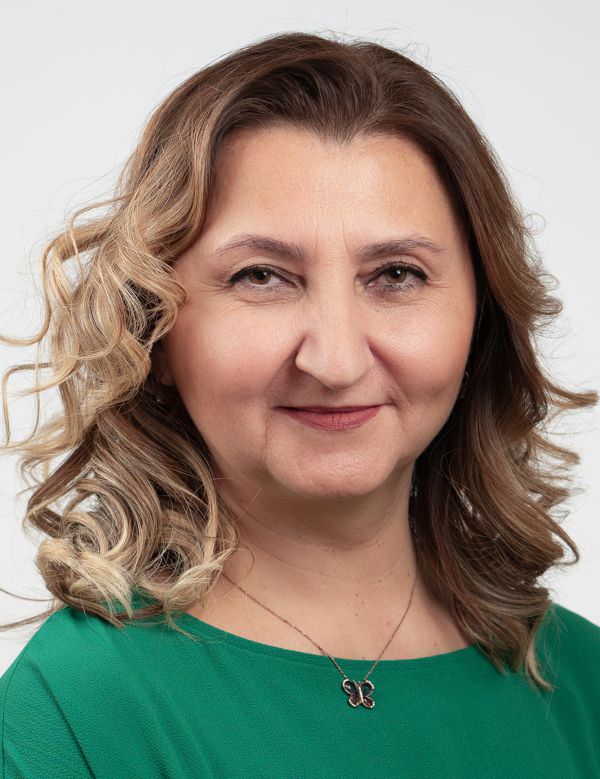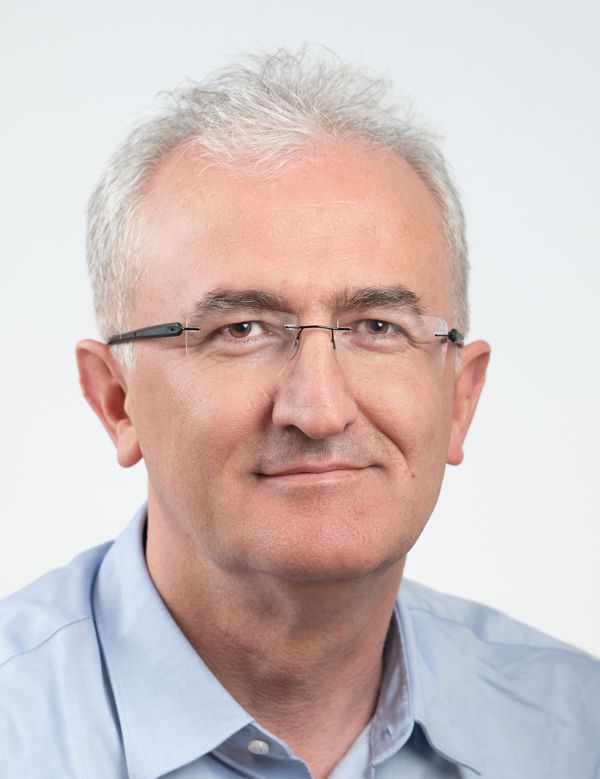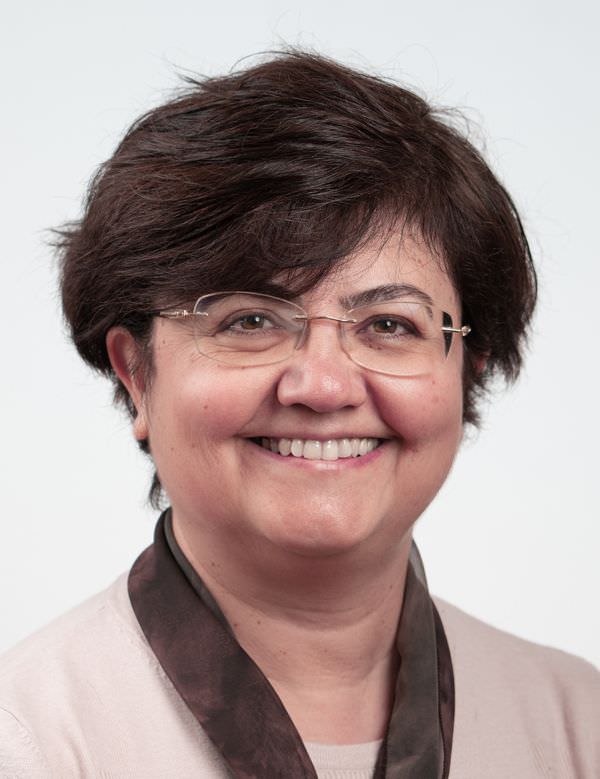PREDICT Trial
'Antibiotic Prophylaxis and REnal Damage In Congenital Abnormalities of the Kidney and Urinary Tract'
Congenital Abnormalities of Kidney and Urinary Tract (CAKUT) are the most common human congenital anomalies. Children with CAKUT are at increased risk of both urinary tract infections (UTIs) and progressive kidney failure. However, the causative role of UTIs in the progression of kidney damage is unknown.
Antibiotic prophylaxis is widely used in children with Vesico-Ureteral Reflux (VUR) to prevent UTIs and consequent kidney damage, but many concerns remain regarding the long-term effectiveness and safety of extended antibiotic exposure. Apart from the unproven value of antibiotic prophylaxis in preventing long-term kidney damage, the treatment concept is increasingly controversial in view of the spreading bacterial resistance to antibiotics and potential obesity-promoting metabolic effects of chronic antibiotic exposure, two major public health concerns in Europe.
To provide a definitive answer to those open questions, we have designed a randomized, controlled study which follows infants with severe VUR in the presence or absence of hypo-dysplasia, randomly assigned to receive continuous antibiotic prophylaxis (prophylaxis group) or no treatment (untreated group) for 24 months.
The primary objective was the evaluation of the effectiveness of antimicrobial prophylaxis in the reduction of symptomatic UTIs in infants with VUR grade III-V, started before the first symptomatic infection.
The secondary goals were the assessment of: symptomatic and febrile UTIs on the appearance and progression of kidney damage and development of renal function; the natural history of renal function and the vesico-ureteral reflux evolution in paediatric patients with congenital kidney or urinary tract anomalies during the first 5 years of life; new renal scars at the 2 and 5-year follow-up DMSA scan; the effect on BMI at 2 and 5 years of age due to prophylactic antibiotic therapy during the first months of life on; gut microbiota alterations induced by continuous antibiotic exposure during the first months of life.
The first randomized part of the trial was concluded in January 2022 and the results have been recently published in New England Journal of Medicine (N Engl J Med 2023; 389:987-997 DOI: 10.1056/NEJMoa2300161).
A total of 292 participants underwent randomization (146 per group, 75% male; median age 3 months). Most patients (80.5%) had grade IV or V VUR. In the intention-to-treat analysis, a first UTI occurred in 31 participants (21.2%) in the prophylaxis group and in 52 participants (35.6%) in the untreated group (hazard ratio, 0.55; 95% confidence interval [CI], 0.35 to 0.86; P=0.008); the number needed to treat for 2 years to prevent one UTI was 7 children (95% CI, 4 to 29). Among untreated participants, 64.4% had no UTI during the trial. The incidence of new kidney scars and the estimated GFR at 24 months did not differ between the two groups. Pseudomonas species, other non-Escherichia coli organisms, and antibiotic resistance were more common in UTI isolates from participants in the prophylaxis group than in those from the untreated group. Serious adverse events were similar in the two groups.
Continuous antibiotic prophylaxis provided only a small benefit in preventing a first UTI in infants with grade III-V VUR and no previous infections, at the cost of an increased occurrence of non-E.coli organisms and antibiotic resistance. According to our data, in children with high-grade VUR, prophylaxis should not be routinely used before the occurrence of the first UTI.
The second part of the trial (36 months follow-up period) is ongoing and will evaluate the long-term kidney function in the enrolled population.
| Design: | Prospective, controlled, randomized, open label, multicenter trial: |
| Patients enrolled: | 292 of the 290 planned patients with VUR enrolled (enrollment completed) |
| Coordinating Center: | Pediatric Nephrology, Dialysis and Transplant Unit |
| Participating Centers: | ESCAPE group of 40 European Paediatric Nephrology Centers |
| Contact Information: |
Active ESCAPE Participants:























